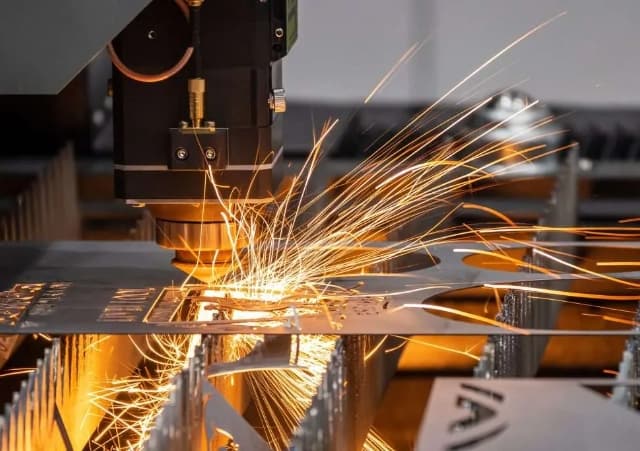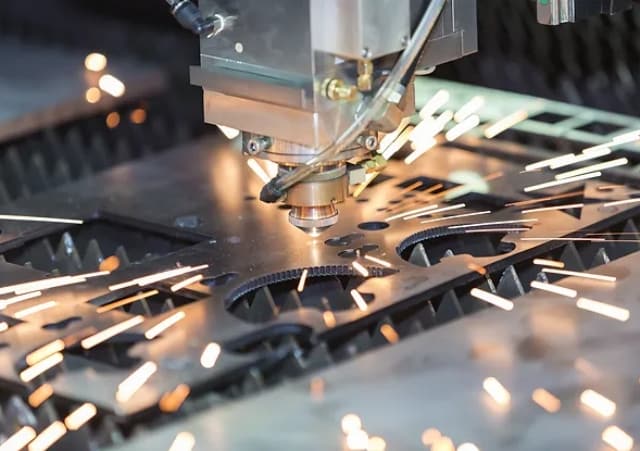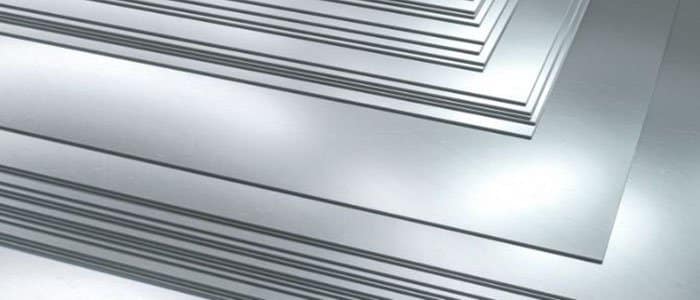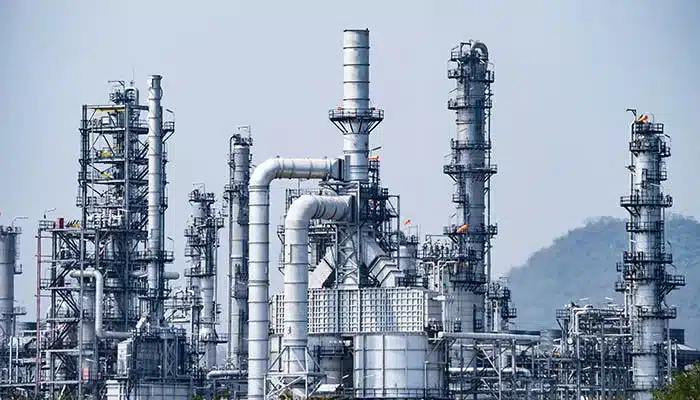Laser cutting has revolutionized the metal fabrication industry, offering unparalleled precision and efficiency in material processing. At Daxun Alloy Co., Ltd., we leverage this advanced technology to deliver superior quality stainless steel, carbon steel, titanium, and various alloy products to our global clientele.
This comprehensive guide will walk you through everything you need to know about laser cutting technology, its applications, benefits, and why it has become the preferred method for metal fabrication in modern industries.
What is Laser Cutting?
Laser cutting is a thermal separation process that utilizes a highly focused laser beam to cut, engrave, or mark materials with exceptional accuracy. The technology works by directing the output of a high-power laser through optics, which focuses the laser beam on the material surface. The intense heat generated by the laser melts, burns, or vaporizes the material, leaving a clean, precise edge.

How Laser Cutting Works
The laser cutting process involves several key components working in harmony:
- Laser Source: Generates the high-energy beam (typically CO2, fiber, or Nd:YAG lasers)
- Beam Delivery System: Directs and focuses the laser beam through mirrors and lenses
- CNC Controller: Guides the laser head along the programmed cutting path
- Assist Gas: Removes molten material and protects the cutting zone
The material is placed on a cutting bed, and the laser head moves according to the digital design, cutting through the material with precision that can reach up to 0.1mm tolerance.|
Types of Laser Cutting
CO2 Laser Cutting
CO2 lasers are the most common type for industrial cutting applications. They excel at cutting non-metallic materials and thinner metals, making them ideal for certain alloy processing applications.
Fiber Laser Cutting
Fiber lasers represent the latest advancement in laser cutting technology. They offer higher energy efficiency, faster cutting speeds, and superior performance when cutting reflective materials like aluminum, copper, and brass alloys.
Nd:YAG Laser Cutting
Nd:YAG lasers are crystal-based lasers that produce high-intensity beams, suitable for specialized applications requiring extreme precision, such as medical device manufacturing and intricate electronic components.
Advantages of Laser Cutting in Metal Fabrication
Precision and Accuracy
Laser cutting delivers exceptional precision, with tolerances as tight as ±0.1mm, making it perfect for intricate designs and complex geometries in alloy components.
Material Versatility
From stainless steel and carbon steel to titanium and specialized alloys, laser cutting can process a wide range of materials with varying thicknesses, offering versatility in manufacturing applications.
Minimal Heat Affected Zone (HAZ)
The focused nature of laser energy results in a smaller heat-affected zone compared to traditional cutting methods, preserving the material properties of sensitive alloys.
Reduced Material Waste
Laser cutting’s precision allows for optimized nesting of parts, significantly reducing material waste and improving cost-efficiency in production.
Automation and Integration
Modern laser cutting systems can be fully integrated with CAD/CAM software, enabling seamless workflow from design to production with minimal human intervention.
Applications of Laser Cutting in the Alloy Industry
Automotive Components
Laser cutting produces precision parts for automotive applications, including exhaust systems, chassis components, and engine parts from various steel alloys.
Aerospace Industry
The aerospace sector relies on laser cutting for manufacturing lightweight, high-strength components from titanium and specialized alloys that meet stringent quality standards.
Medical Equipment
Medical device manufacturers utilize laser cutting to create precise instruments and implants from biocompatible alloys with sterile, clean edges.
Construction and Architecture
Architectural metalwork, decorative panels, and structural components benefit from laser cutting’s ability to create both functional and aesthetically pleasing designs.
Choosing the Right Laser Cutting Parameters
Material Considerations
Different materials require specific laser settings:
Stainless Steel: Requires higher power settings and nitrogen assist gas
Carbon Steel: Can be cut with oxygen assist gas for faster processing
Titanium: Needs precise control to prevent material contamination
Special Alloys: May require customized parameters based on composition
Why Choose Daxun Alloy Co., Ltd. for Laser-Cut Products?
At Daxun Alloy Co., Ltd., we combine state-of-the-art laser cutting technology with decades of expertise in alloy processing. Our commitment to quality, precision, and customer satisfaction ensures that every laser-cut component meets the highest industry standards.
Our advanced laser cutting capabilities allow us to deliver:
Precision-cut stainless steel components
Custom carbon steel parts with tight tolerances
Specialized titanium alloy products
Complex designs in various specialty alloys

Conclusion
Laser cutting represents the pinnacle of precision metal fabrication, offering unmatched accuracy, efficiency, and versatility in processing various alloys. As technology continues to evolve, laser cutting will remain at the forefront of manufacturing innovation, enabling industries to create increasingly sophisticated products.
For businesses seeking high-quality laser-cut alloy components, partnering with an experienced provider like Daxun Alloy Co., Ltd. ensures access to cutting-edge technology and expertise that can transform your manufacturing capabilities.Contact our team at Daxun Alloy Co., Ltd. to discuss your specific requirements and discover the perfect solution for your alloy processing needs.




